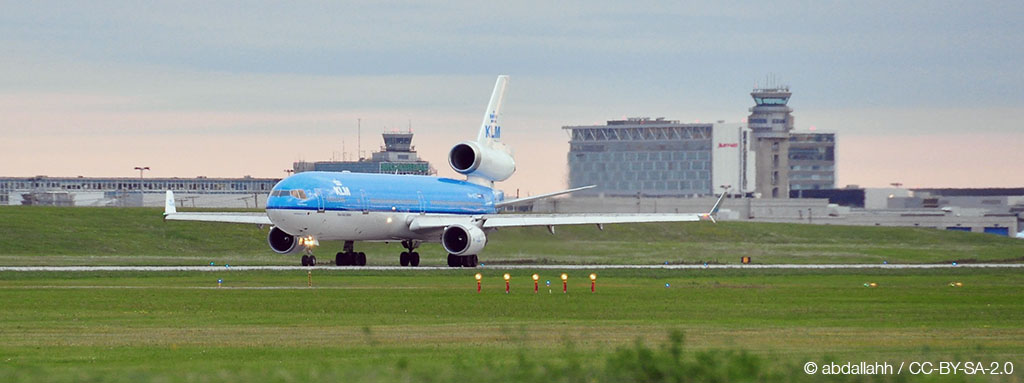Airport infrastructures generate a very positive impact in the economy of their regions. Besides being the entryway for tourists, business people and investors, airports create many jobs for the community. Jobs generated can be grouped in six categories:
Airports create not only direct jobs, they also generate many indirect, induced and catalytic jobs. Their ripple effect goes beyond the airport boundary site.
Airport Operations
This category includes all activities that ensure the airport operations: aircraft approach, landing and take-off. These activities are mainly carried out by the airport operator’s staff. It also includes services such as air traffic control, passport control, customs control, etc. The latter services are normally provided by public servants working for governmental agencies.
Air Transportation
Passenger transportation is the main purpose of any airport. This activity is carried out by airlines – which are normally private enterprises. It also includes ground operations such as embarking and disembarking of passengers, luggage handling, refueling, catering, cleaning…
Freight transportation is also under this group. In addition to air freighters, an important part of this business includes jobs for ground activities such as logistics, storage, customs, cargo handling, etc.
Commercial
Airports have become outstanding commercial malls. Passengers have access to world class retail shops, and food and beverage providers. Car rentals are included in this category. Services are normally provided by external concessionaires who pay a fee to the airport operator. Commercial revenues have become a very important source of income for airports – in some instances, up to 50% of the total income. Many jobs come from this category.
Industrial activities
Many different industrial activities are also developed in and around the airports. For example, aircraft maintenance or flight schools are often found within the airport boundaries – air side. Final assembly lines for commercial aircraft, business jets, military aircraft and so on, are normally adjacent to a commercial runway. Also, many airports have industrial facilities nearby. The latter may or may not be aerospace-related.
Capital improvement programs
Airports often engage in the improvement of the existing facilities. Works may include runway rehabilitation, terminal improvements or system upgrades. These projects employ people in jobs such as consulting, architecture, engineering, installation and construction. As a rule of thumb, an airport may reinvest between 3 to 5% of its yearly revenues in capital improvement programs.
Tourism
This category includes revenues from non-local passengers – visitors. These people arrive via commercial airlines and spend on hotels, food and beverage, transportation, retail, entertainment and, in some instances, health and beauty treatments. The spending of this group supports jobs primarily in the region’s hospitality industry.
As we have seen, airports create not only direct jobs, they also generate many indirect, induced and catalytic jobs. Their ripple effect goes beyond the airport boundary site. According to different studies, it is estimated that airports can generate between 2,000 to 4,000 jobs per million passengers. No wonder local politicians want to make sure that the airport show is run effectively.



